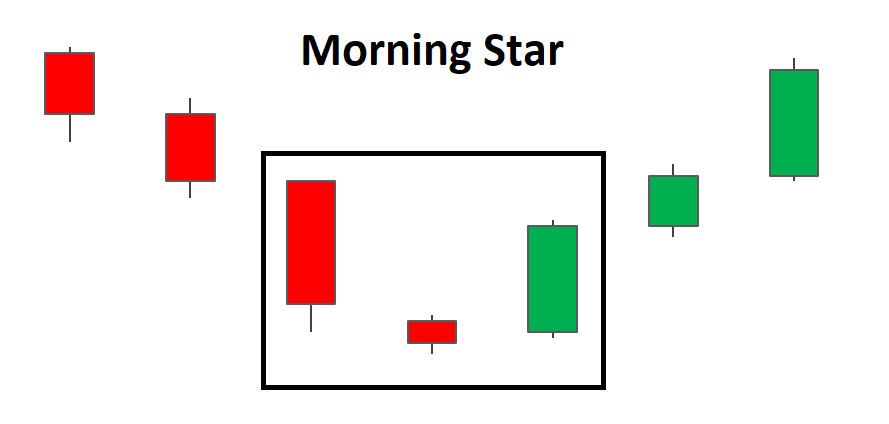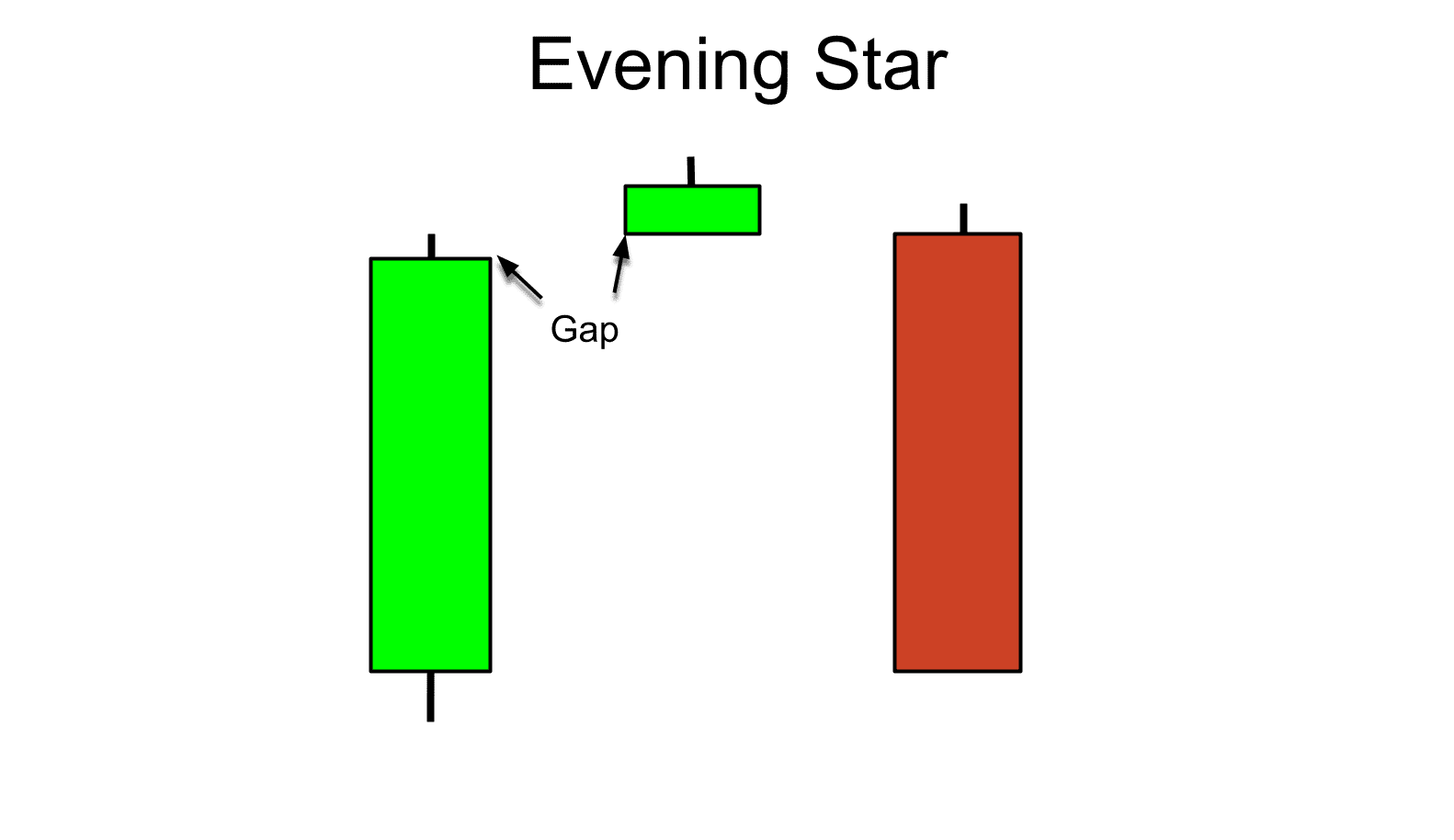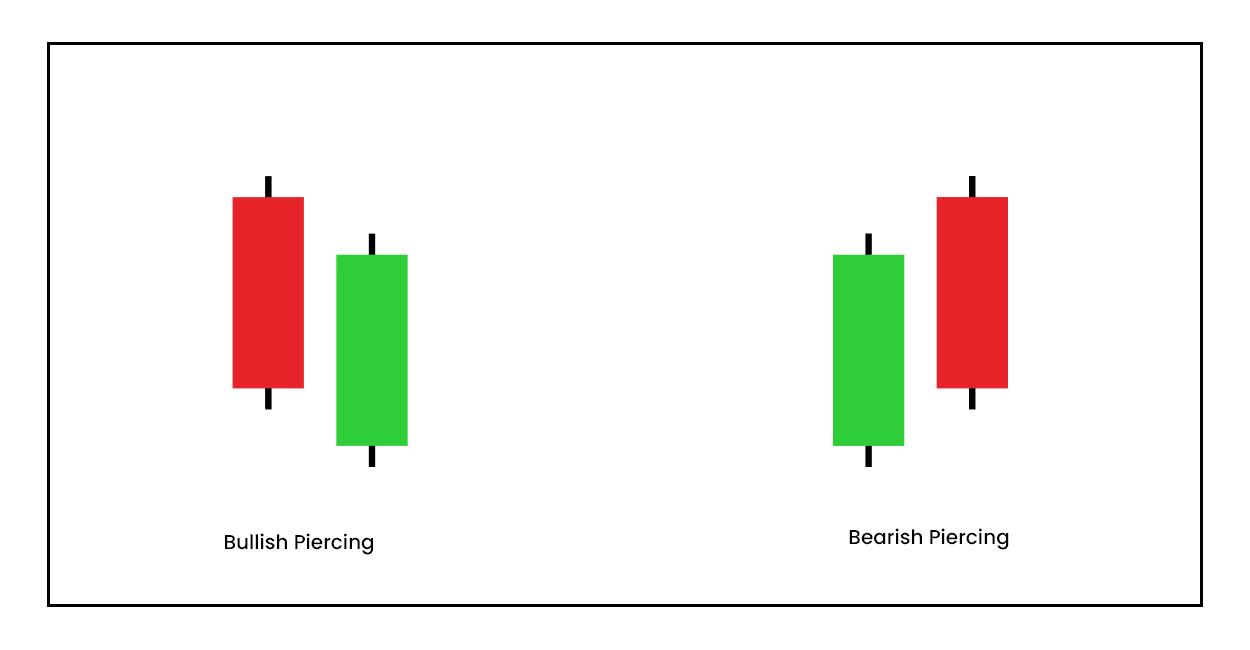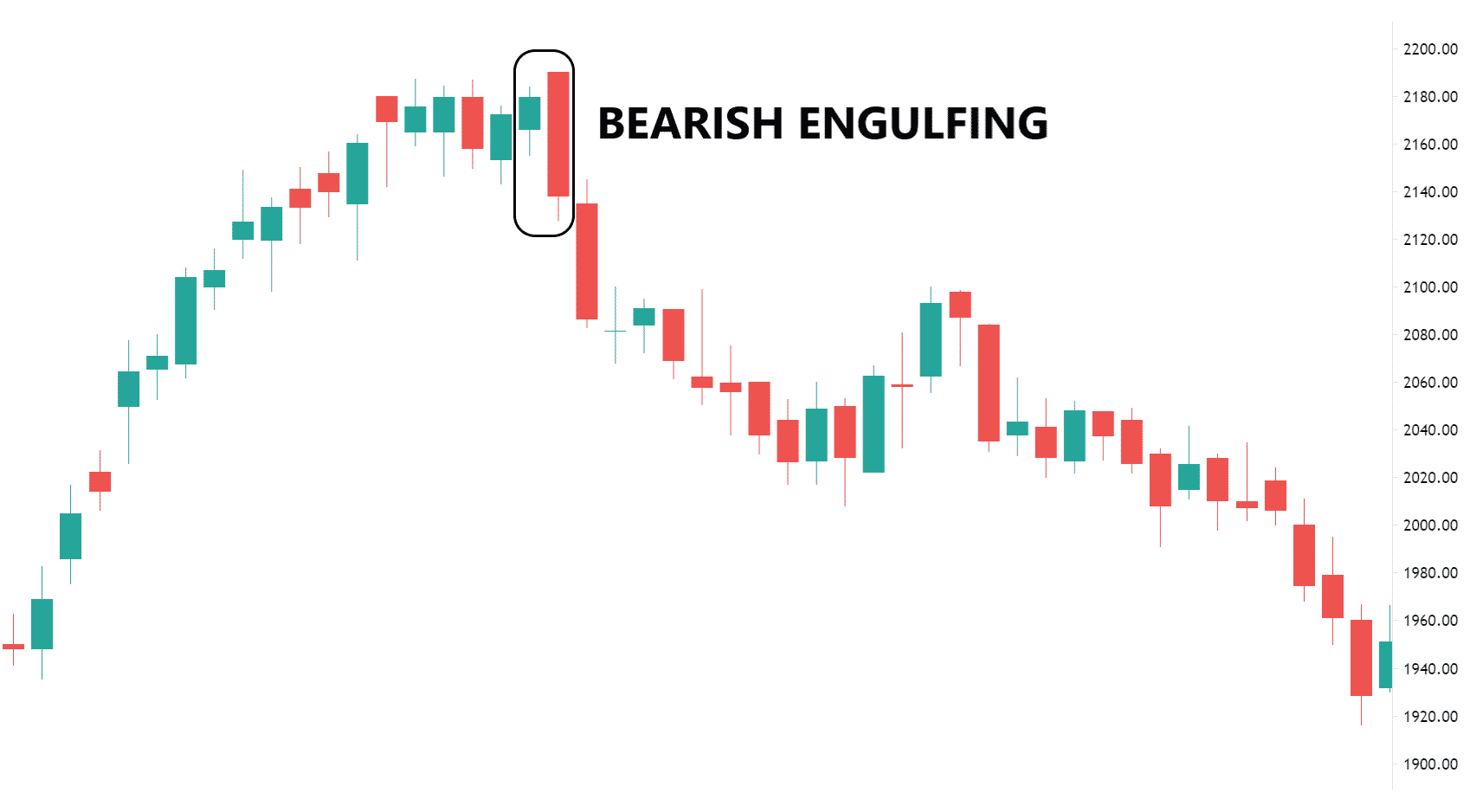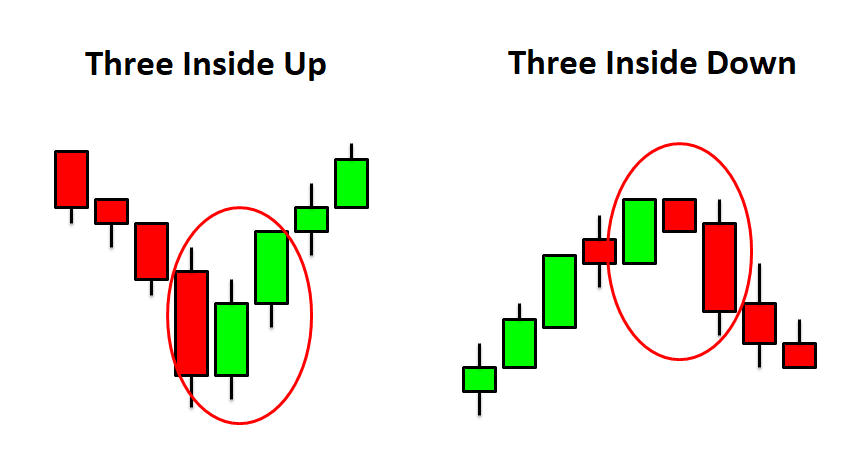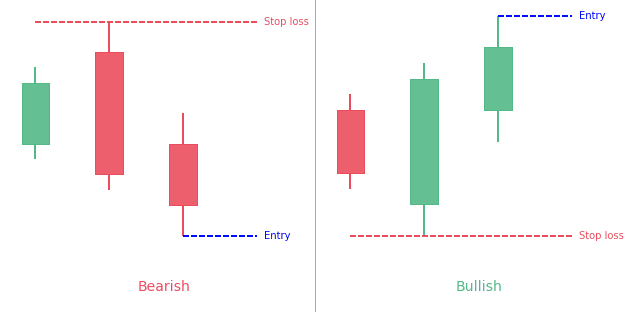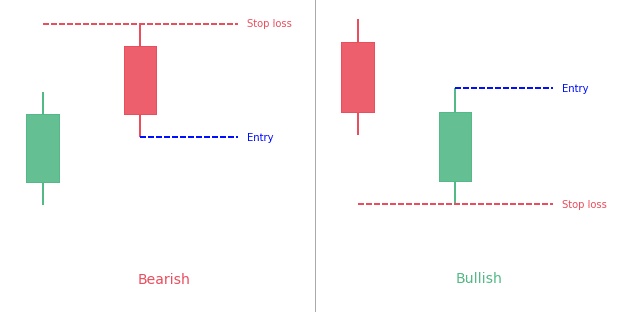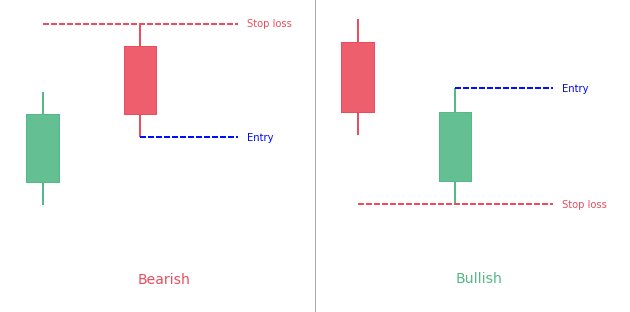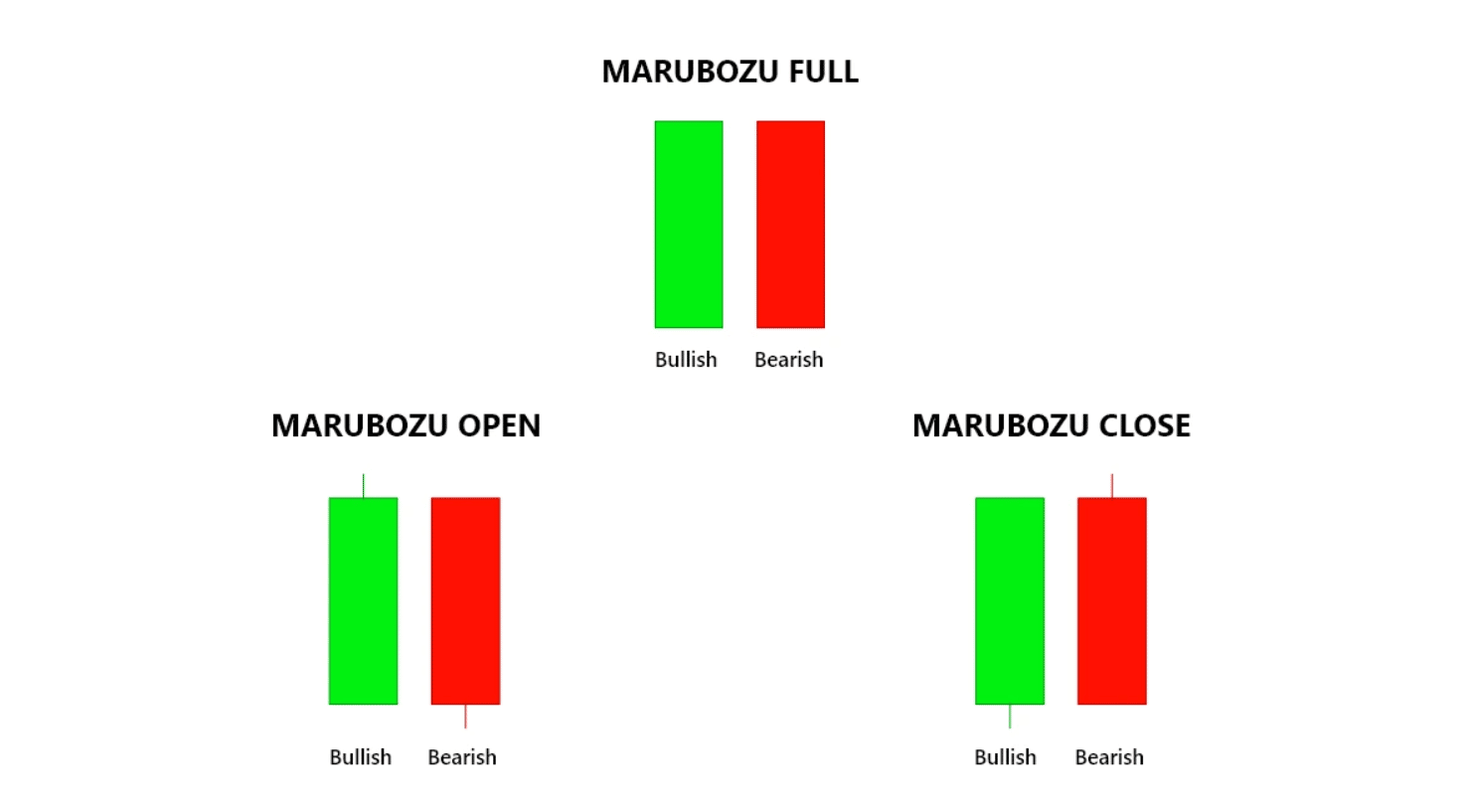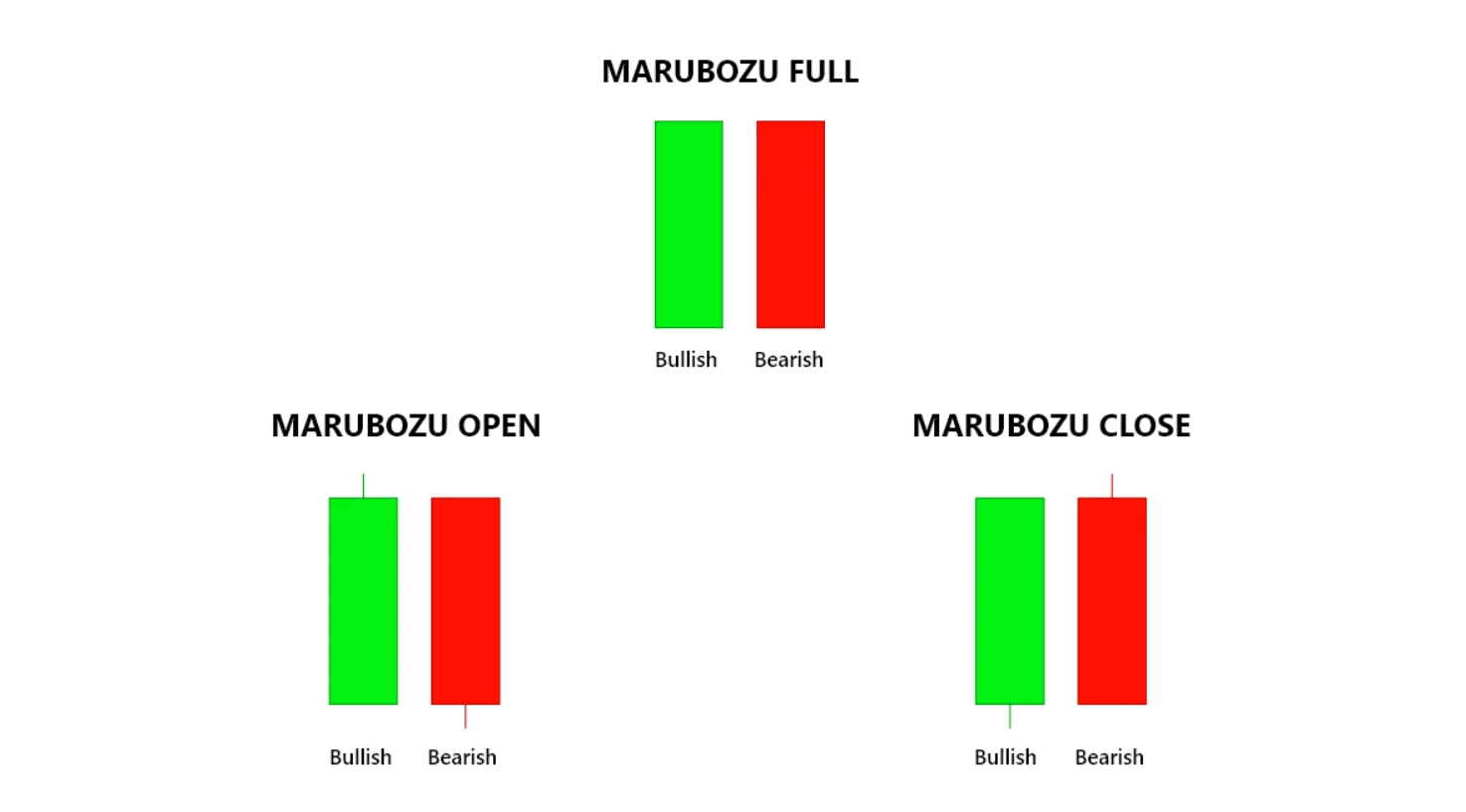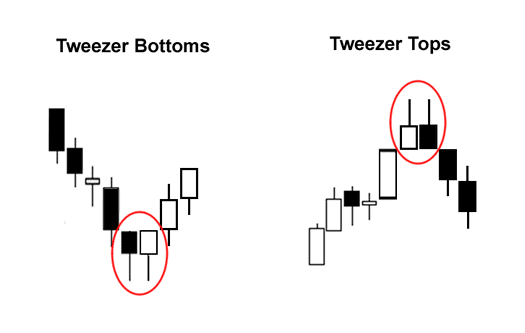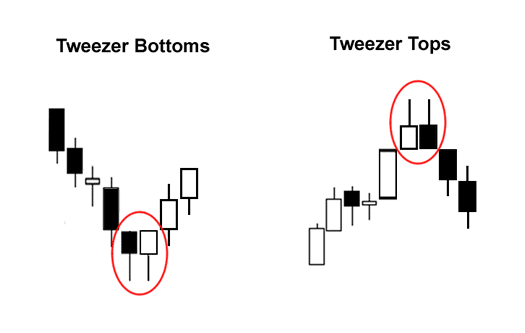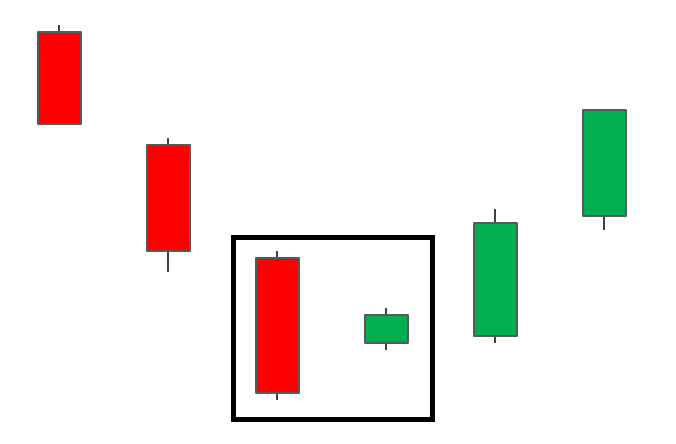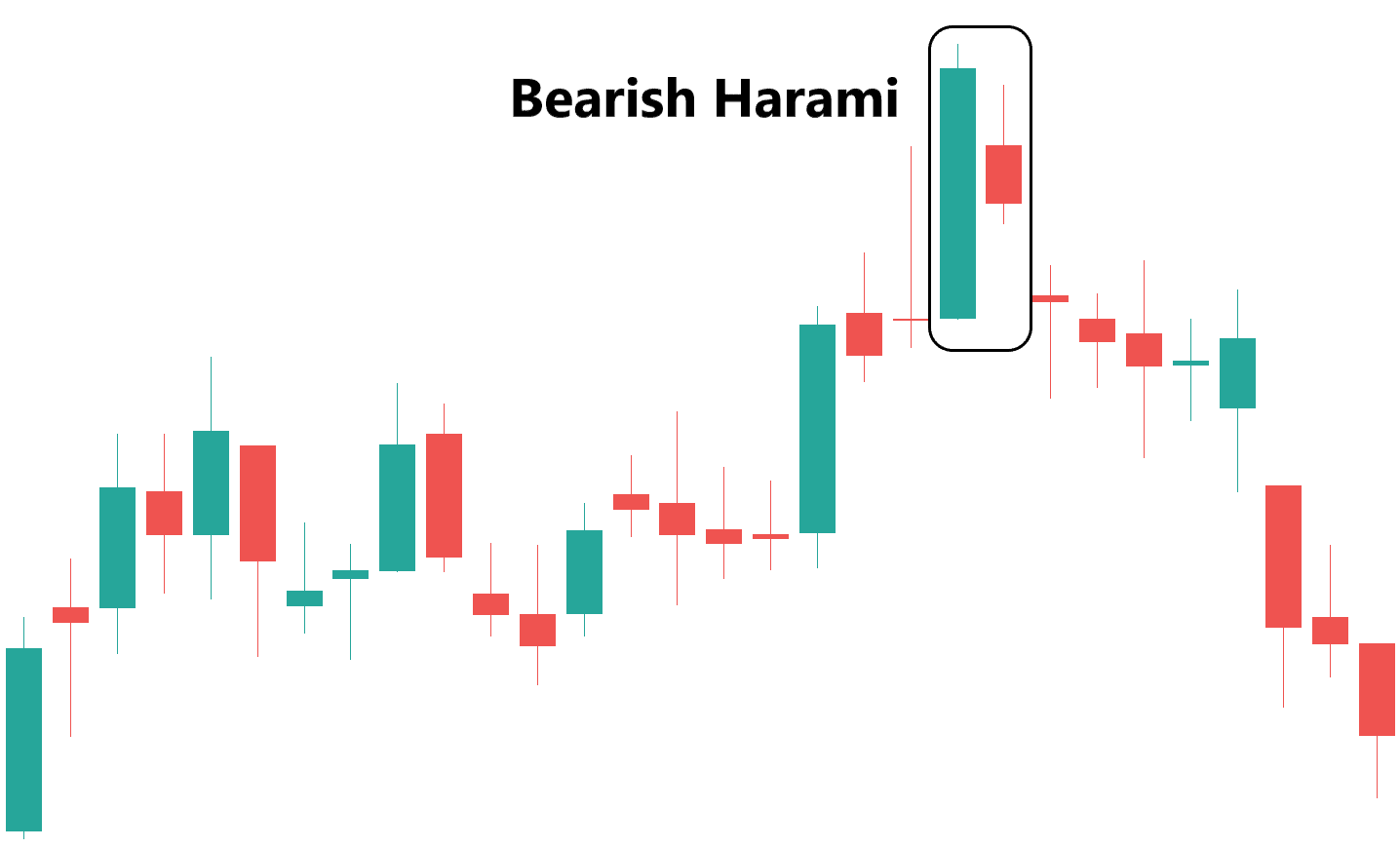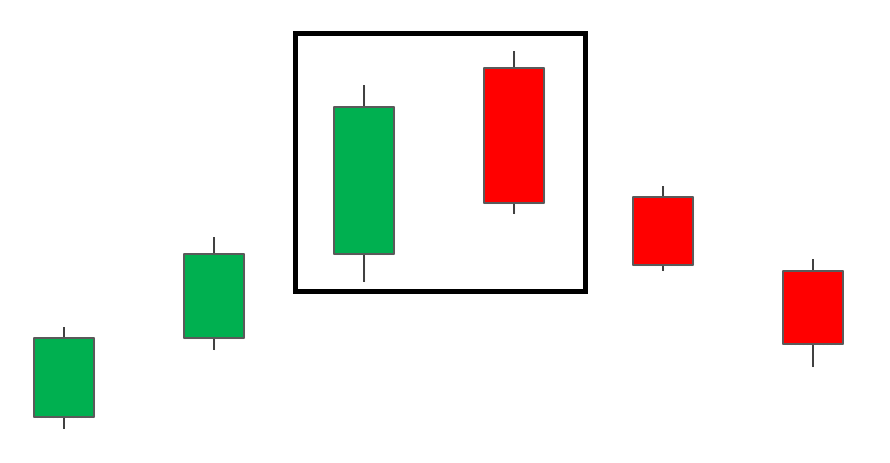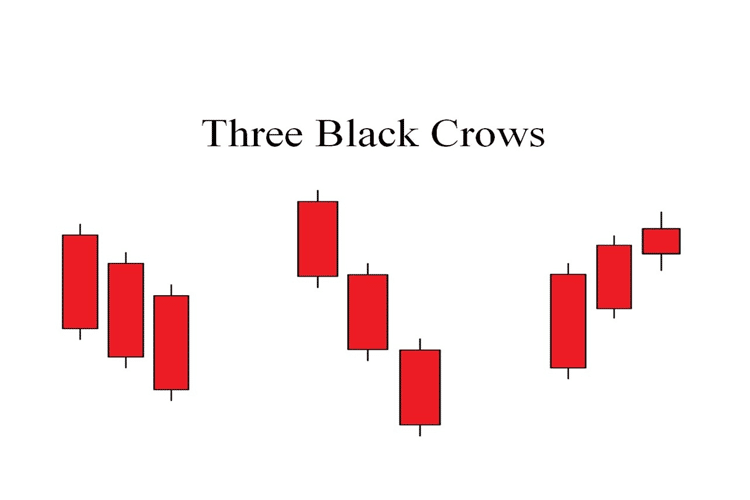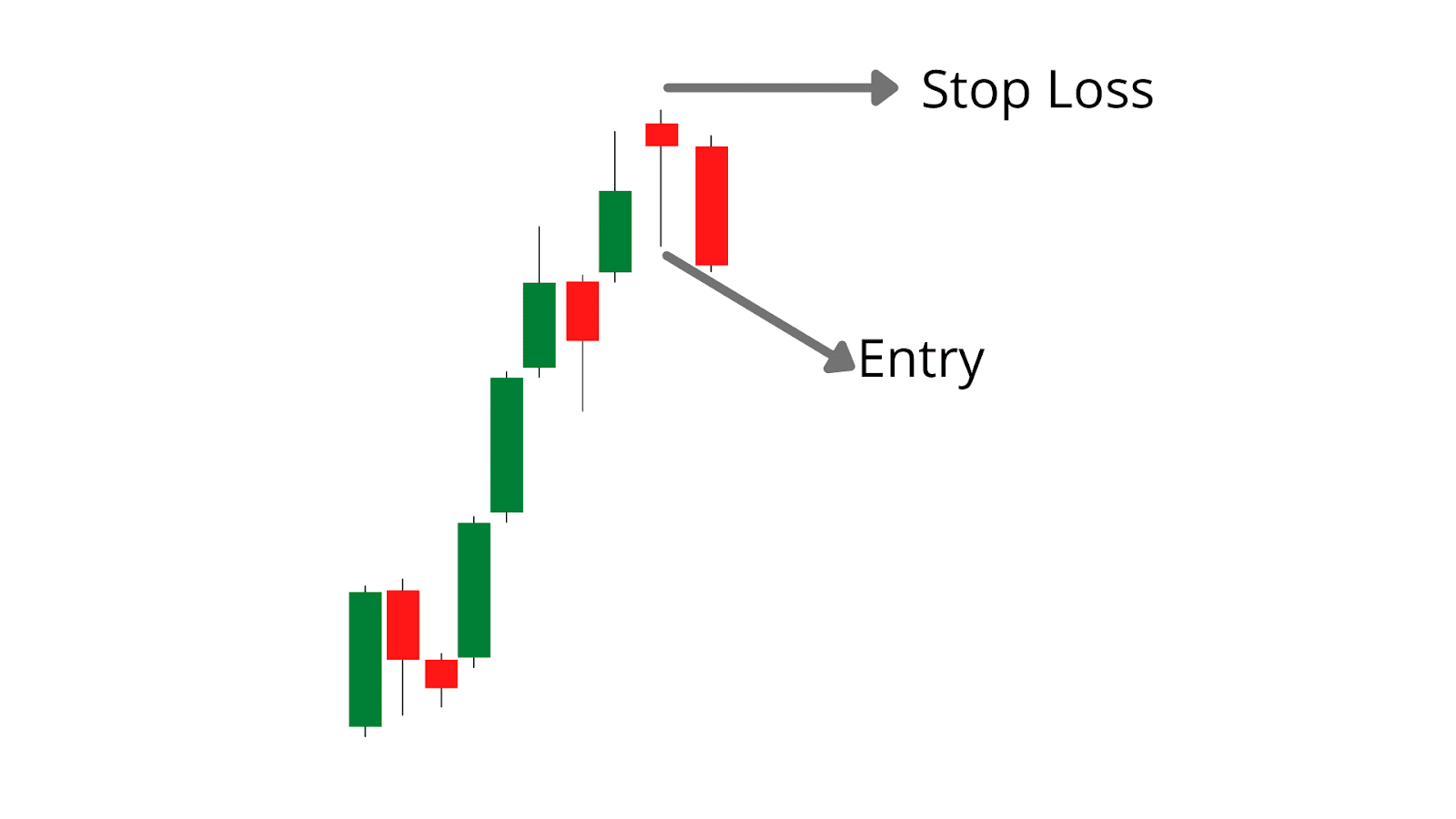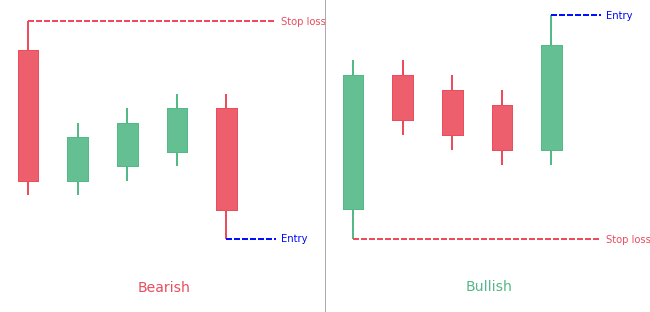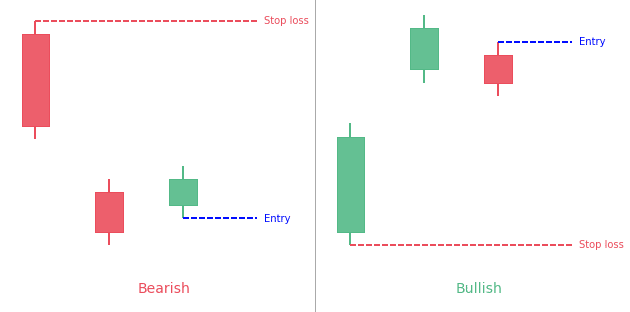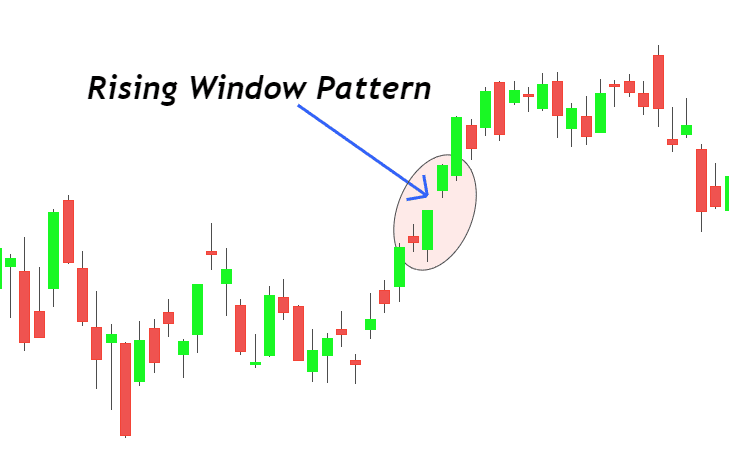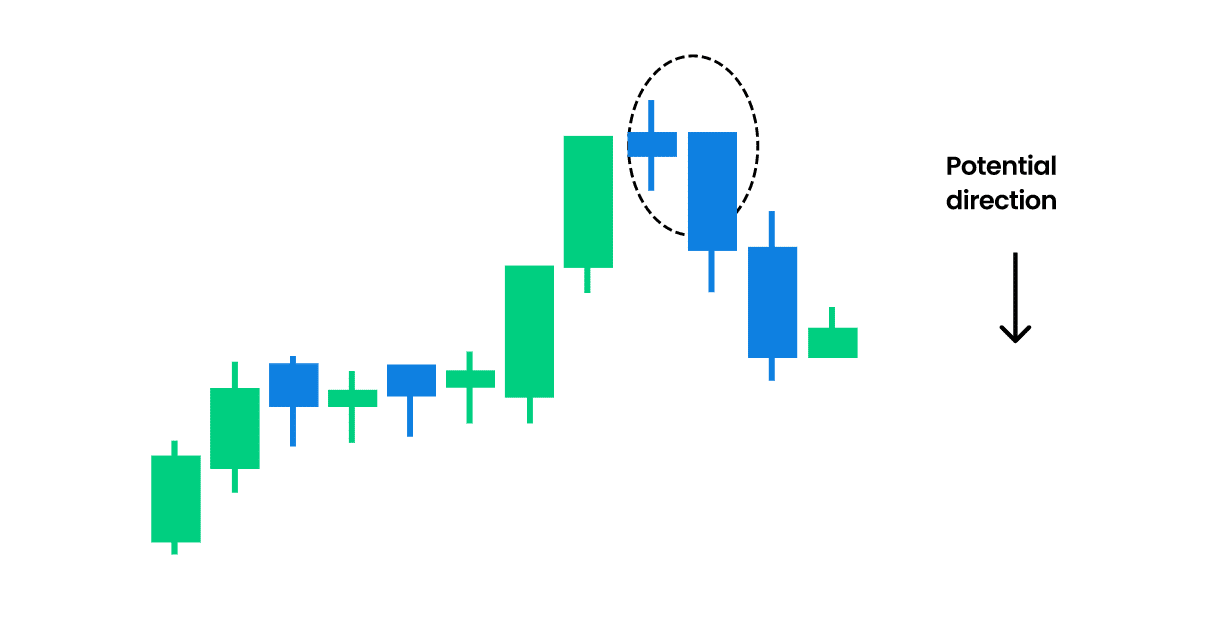The forex industry is filled with tips and tricks you can use to further enhance your trading strategy and become a better forex trader. Using candlestick chart patterns is one of the best ways to do so. And here’s all you need to know about it:
Top Candlestick Chart Patterns
While there are countless candlestick chart patterns in the forex industry. There are only a select few that you need to be aware of. Here are the top candlestick chart patterns in forex trading:
Three White Soldiers
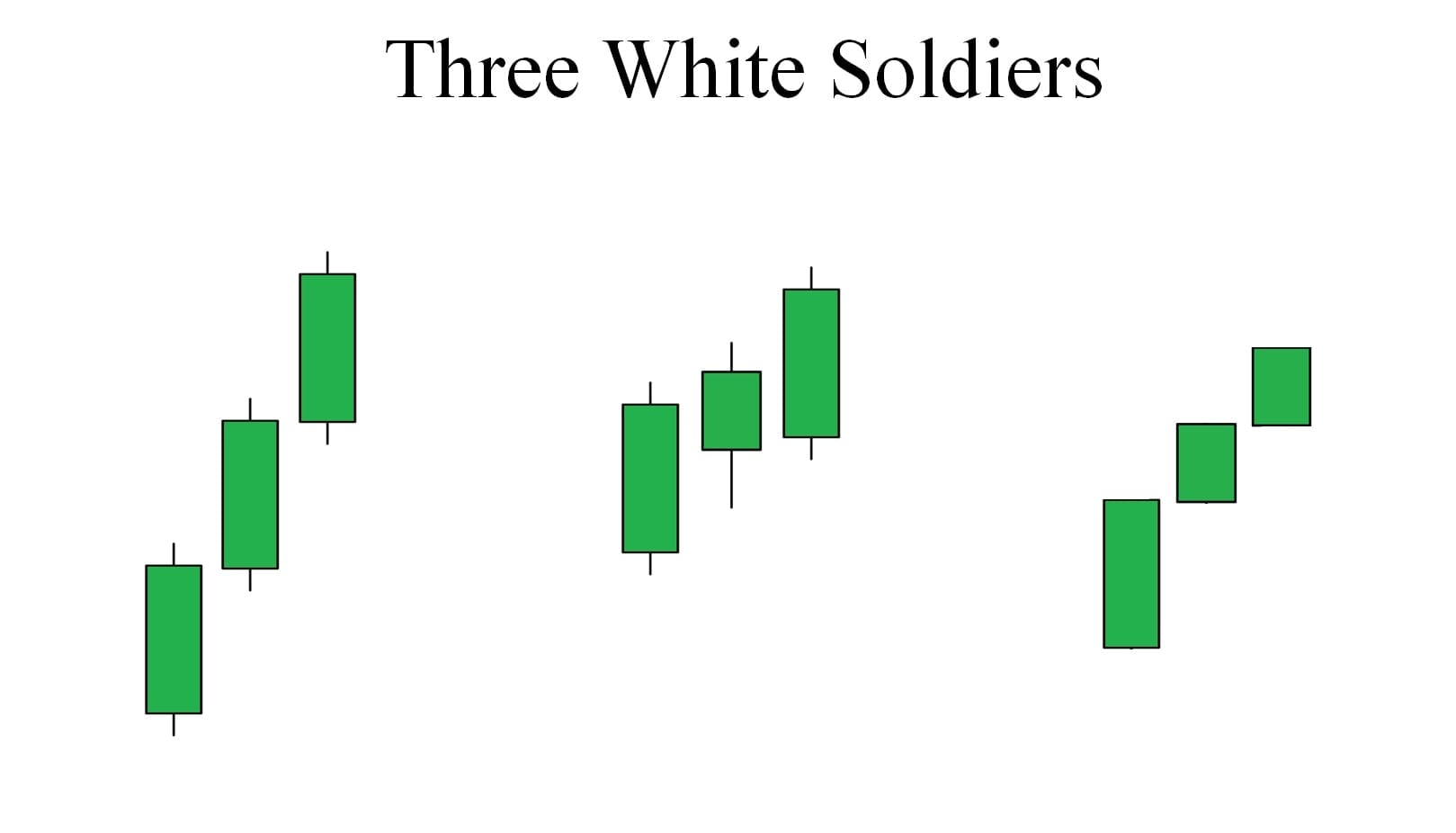
There are several candlestick patterns. One of them is called the Three White Soldiers. Three White Soldiers is produced at the end of a downward trend. It indicates a bullish rebound. These candlestick charts feature three extended bullish bodies made up of candlesticks. The shadows cast by these bodies are not very strong. In addition to this, they are open within the actual body of the candle that came before it in the sequence.
The Morning Star
Multiple candlestick charts can form a pattern known as the Morning Star. It indicates a bullish rebound and forms in the end of a trend. It is comprised of three candlesticks in total. The first candle represents a negative trend for the market. It demonstrates that the downward trend will continue. The second candle is what’s known as a Doji candle. It is an indication that the market is uncertain.
The third candle is what’s known as a bullish candle. It indicates that bullish conditions are about to emerge on the market and that a trend reversal is likely. It is important that the true bodies of the first and third candles do not come into contact with the second candle at any point. If a bullish candle forms on the next trading day, investors are expected to take a long position.
The Evening Star
The Evening Star is a pattern that consists of numerous candlesticks. It is created after the upward trend which implies a negative reversal. It is comprised of three candlesticks in total. The first candlestick represents a bullish trend in the market. It demonstrates that the upward trend will continue. The second candlestick is a Doji candle. It is an indication that the market is uncertain. The third candlestick represents a negative trend. It indicates that there will be a shift in market direction and that bearish circumstance will emerge. The genuine bodies of the first and third candles should not have any trace of the second candle within them. If a bearish candle forms the next day, market participants have the opportunity to start a long position.
Piercing Pattern
Multiple candlestick chart patterns can be combined to form the piercing pattern. It is produced at the end of a downward trend and indicates a bullish reversal. The Piercing pattern is composed of two candles. The first candle represents a bearish trend for the market. It is an indication that the downward trend will continue. A bullish candle formed on the second portion of the chart. It opens the gap in the downward direction, but it closes more than fifty percent of the actual body of the prior candle. It also indicates that a positive reversal will take place at some point in the future. If a bullish candle forms on the next trading day, investors are expected to take a long position.
Bullish Engulfing Candlestick Chart Patterns
Multiple candlesticks are used to create the Bullish Engulfing chart pattern. After a period of falling prices, this pattern emerges to signal a reversal to the upward direction. It is composed of two candlesticks. he first candlestick would be consumed by the second candlestick. Because of this pattern’s characteristics, it is referred to as a Bullish Engulfing. The first candle represents a negative trend for the market. It is an indication that the downward trend will continue.
The second candlestick would be a strong bullish candle. It also demonstrates that the market is once again bullish. If a bullish candle forms the next day, market participants have the opportunity to initiate a long position. They also have the option of putting a stop-loss at the lower point of the second candle.
Bearish Engulfing Candlestick Chart Patterns
The bearish engulfing pattern is comprised of various candlesticks. The fact that it forms after an upswing is suggestive of a downward trend reversal. It is composed of a pair of candles. The first candlestick is being consumed completely by the second candlestick. The first candle is a bullish candle, which implies that an upward trend will likely continue in the near future.
The second candlestick is a lengthy bearish candle that swallows up the first candle as a whole. It indicates that the market is moving back into conditions that are bearish. If a bearish candle forms the next day, investors have the opportunity to start a short position. They also have the option of setting a stop-loss order at the high point of the second candle.
The Hammer
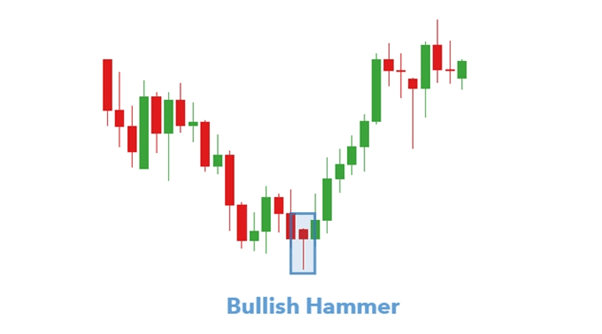
The Hammer is a pattern that consists of a single candlestick. A bullish reversal is signaled when it is established at the end of a downward trend in the market. The true body of this candle is rather little, and it may be found at the very top. Additionally, it features a lower shadow that should be far larger than the actual body. This candlestick chart pattern has either no top shadow at all or a very little one.
The thought process that led to the construction of this candle pattern is that, when the prices open, sellers would attempt to drive the prices lower. Then, all of a sudden, buyers flood the market, which drives prices higher and ultimately results in the trading session ending at a higher price than it opened at. As a direct consequence of this, a bullish pattern is created. It is also a hint that buyers have returned to the market.
This indicates that the downward trend may be coming to an end. If a bullish candle forms the next day, market participants have the opportunity to initiate a long position.
Inverted Hammer
At the conclusion of the downward trend, an inverted hammer pattern arises. It suggests a rebound to the positive side of the market. This particular candlestick’s true body may be found at the very bottom of the candlestick. In addition to that, there is a substantial shadow at the very top. It is the opposite of the Hammer Candlestick pattern that we covered just earlier. This pattern develops when the opening price and the ending price are quite close to one another. Additionally, the top shadow needs to be more than double the size of the actual body.
Three Inside Up
Multiple candlestick patterns can be combined to form the Three Inside Up pattern. It is produced toward the end of a downward trend, which is seen as a bullish reversal. It is made up of three candlesticks in total. The first candlestick is a strong bearish indicator. The second candlestick is tiny and it is a bullish candle. It will be somewhere in the vicinity of the first candlestick.
Candlestick number three is a strong bullish candlestick. The bullish reversal is confirmed by the third candlestick. The first candlestick and the second candlestick should have a connection that conforms to the Bullish Harami candlestick pattern, which will be discussed in just a moment. After the conclusion of this candlestick pattern, market participants might consider opening a long trade.
Three Outside Up
There are several candlestick patterns, and one of them is called the Three Outside Up. It is produced toward the end of a downward trend, which is seen as a bullish reversal. It is made up of three candlesticks in total. The first candlestick reveals a bearish short candle. The second candlestick depicts a huge candle that is bullish. It is important that the second candlestick completely covers the first candlestick.
A strong bullish candlestick is depicted by the third candlestick in the sequence. The bullish reversal is verified by the third candlestick’s presence. A Bullish Engulfing candlestick pattern should be present between the first and second chart patterns. After the conclusion of this candlestick pattern, market participants might consider opening a long trade.
Bullish Counterattack Candlestick Chart Patterns
There are several bullish reversal patterns and one of them is called the Bullish Counterattack pattern. It forecasts that the present downward trend in the market will soon begin to reverse itself. There are two candles in this particular candlestick formation. It shows up when there is a downward trend in the market. This is necessary for there to be an established downward trend in the market for there to be a Bullish Counterattack pattern.
It is imperative that the first candle be a long, dark candle that has a genuine body. The second candle has to be just as long as the first one, but it has to be white and have a true body. The end of the second candle has to be quite close to where the end of the first candle was.
Bearish Counterattack Candlestick Chart Patterns
Bearish Counterattack is an example of a bearish reversal pattern. It shows up when the market is exhibiting a bullish trend. It forecasts that the present upward trend in the market will come to a stop, and a new downward trend will begin to dominate the market.
White Marubozu
One candlestick creates the White Marubozu. It is produced at the end of a downward trend. White Marubozu indicates a bullish recovery. This candlestick has a large body that is bullish. There are no shadows anywhere above or below the body of this candlestick. This demonstrates that there is a strong potential for a bullish market shift to occur very soon. Because of the development of this candle, traders with sell positions ought to exercise caution and cover their short positions as soon as possible.
Black Marubozu
One candlestick creates the Black Marubozu. The fact that it forms after an upswing is suggestive of a downward trend reversal. The body of this candlestick pattern is quite lengthy and bearish. There are no higher or lower shadows cast by it. This indicates that a negative shift in market sentiment is coming very quickly. During the creation of this candle, investors should use extra care and exit their long positions in the market.
Tweezer Top Candlestick Chart Patterns
The Tweezer Top pattern is a bearish candlestick pattern. It will develop at the end of an uptrend. The first candlestick represents a bullish candlestick. The second candlestick represents a bearish candlestick. Both candlesticks reach a height that is virtually identical to one another. The previous trend must have been an upward trend for the Tweezer Top candlestick pattern to be developed.
There has been the formation of a bullish candlestick, which indicates that the current uptrend is likely to continue. On the next trading day, a resistance level is indicated by the height of the bearish candle. Long traders are no longer willing to purchase at prices that are higher than they are comfortable with. The power of the resistance may be determined by the fact that the highest candles all have almost the same height. Additionally, it indicates that the upward trend can turn into a downward trend in the near future.
Tweezer Bottom Candlestick Chart Patterns
The Tweezer Bottom candlestick pattern is a bullish reversal pattern. It takes shape near the completion of a downward trend. It is made up of two candlesticks in total. Bearish conditions are shown by the first candlestick. Bullish conditions are shown by the second candlestick. Both candlesticks fall to a level that is nearly identical to one another.
This candlestick pattern appears to be consistent with a continuation of the existing downward trend. Additionally, it indicates that the downward trend may be changing into an upward trend in the near future. Because of this, the market begins to exhibit bullish characteristics, which causes a rise in prices. The formation of a bullish candle the next day is the definitive sign that this bullish reversal has taken place.
Bullish Harami
Multiple candlesticks create the Bullish Harami. The first candlestick is quite long and it represents a market that is in a downtrend. The second candlestick is quite small and is in an uptrend. The second candlestick has to be in proximity of the first candlestick in order to form the Bullish Harami pattern.
The first bearish candle indicates a continuing downtrend. On the other hand, the second candlestick suggests that bullish possibilities are beginning to emerge in the market. After the conclusion of this candlestick pattern, market participants might consider opening a long trade.
Bearish Harami
Multiple candlestick patterns combine to form the Bearish Harami. The first candlestick is an elongated one that has a bullish appearance. The second candlestick is a short one, and it represents a negative sentiment. In this pattern, the second candlestick should fall somewhere inside the same range as the previous candlestick.
The first bullish candle shows a continuation of trend. The market is about to make a negative turn, as shown by the second candle, which indicates that bearish circumstances will soon dominate. After the conclusion of this candlestick pattern, traders have the opportunity to enter a short position.
Three Inside Down Candlestick Chart Patterns
Multiple candlesticks create the Three Inside Down. The fact that it forms after an uptrend is suggestive of a downward trend reversal. The first candlestick on the chart is an elongated bullish candlestick. The second candlestick is a tiny candle that represents a negative trend. The first candlestick’s range should serve as a guide for the range of the second candlestick.
The third candlestick is a lengthy candlestick that represents a negative trend. The third candlestick confirms a bearish reversal. The bearish Harami candlestick pattern should be present between the first and second candlesticks. After the conclusion of this candlestick pattern, traders have the opportunity to enter a short position.
Three Outside Down Candlestick Chart Patterns
Multiple candlestick patterns create the Three Outside Down. The fact that it forms after a steady rise is evidence of a downward trend reversal. The first candlestick depicted is a bearish long candle. The second candlestick is a tall candle that represents a negative trend. It is important that the second candlestick completely covers the first candlestick. The third candlestick is a lengthy candlestick that points downward. It validates a trend shift toward a downward direction. When looking at the connection between the first and second candlesticks, the Bearish Engulfing candlestick pattern should be present. After the conclusion of this candlestick pattern, traders have the opportunity to enter a short position.
Dark Cloud Cover
The Dark Cloud Cover pattern consists of various candlesticks. An uptrend generates this pattern. This indicates a negative reversal is about to take place. The first candlestick represents a bullish trend in the market. It signifies that the upward trend will likely continue. The second candle shows a bearish trend.
It begins trading, but by the time it ends, it has traded for more than fifty percent of the preceding candle’s genuine body. This indicates that a bearish environment is going to set in for the market in the near future. If a bearish candle forms the next day, investors have the opportunity to start a short position. They also have the option of setting a stop-loss order at the high point of the second candle.
Three Black Crows Candlestick Chart Patterns
The Three Black Crows is a pattern that consists of several candlesticks. The fact that it forms after a steady rise is suggestive of a downward trend reversal. These candlesticks have three lengthy bearish bodies that make up their structure. The shadows cast by these bodies are not very strong. They begin within the actual body of the candle that came before it in the pattern.
Hanging Man
One candlestick creates the Hanging Man. It develops after an upward trend. This indicates a shift in a bearish direction. This candle has a relatively tiny actual body. It is important that the bottom shadow be significantly more than twice the size of the actual body. This candlestick design has either no upper shadow at all or very little of it if any.
Sellers tend to drive prices lower which forms this candlestick. Then all of a sudden, the buyers enter the market and attempt to drive up the prices, but they are ultimately unsuccessful. Because of this, the prices ended the day lower than they had been when trading began. A bearish pattern is created as a result. If a bearish candle forms the next day, investors have the opportunity to start a short position.
Shooting Star
A Shooting Star pattern will appear after the completion of a rising trend. It sends a signal indicating a reversal to the bearish side. The main body of this candlestick chart is at the very bottom of the candle. This pattern features a lengthy top shadow. The formation of this pattern occurs when the starting and closing prices are quite close to one another. In order for this pattern to develop, the top shadow needs to be far larger than the actual body.
Falling Three Methods Candlestick Chart Patterns
The Falling Three Methods is a bearish candlestick pattern. Five candles are arranged in a sequence. This indicates a pause in the current downward trend, but it does not indicate a reversal of the trend. The candlestick pattern consists of two candlestick charts. This indicates that the downward trend was present at the start and finish of the chart, with three shorter candlesticks that acted as a countertrend in the middle. The candlestick pattern is significant because it reveals to traders that long investors do not have sufficient influence to move the market in the desired direction.
Rising Three Methods
The Rising Three Methods is a bullish candlestick pattern. The design for the candlesticks consists of two very long candlesticks. These candlesticks are pointing in the same direction as the trend that is moving. In this particular scenario, this indicates that it is moving in the direction of an upward trend. There is an uptrend at the beginning and end of the candlestick pattern, but there are three shorter candlesticks moving in the opposite direction in the center. The candlestick pattern is significant because it demonstrates to market participants that short traders don’t have enough influence to shift the market in their favor.
Upside Tasuki Gap Candlestick Chart Patterns
Upside Tasuki Gap is a bullish continuation candlestick pattern. It develops in the course of a continuing upward trend. This layout for a candlestick has three individual candles. A lengthy bullish candle is the first candlestick in the sequence. A bullish candlestick can also formed by the second candle. It develops as a result of a break in continuity. The third candlestick represents a bearish candle on the chart. It closes in the gap that of two previous bullish candles. The Downside Tasuki Gap pattern is the opposite of the Upside Tasuki Gap pattern.
Downside Tasuki Gap Candlestick Chart Patterns
The Downside Tasuki Gap is a bearish continuation candlestick pattern. It develops in the course of a continuing downward trend. This layout for a candlestick has three individual candles. Bearish lengthy candlesticks make up the first candlestick in the sequence. Following an initial drop in price, the formation of the second candle begins. A bullish candle has formed on the third candlestick. When the third candle comes to a close, it fills in the space left by the previous two bearish candles.
Rising Window Candlestick Chart Patterns
Rising Window is a well-known candlestick chart pattern. Two candlestick formations make the Rising Window. These formations are bullish. The space between these bullish candlesticks is completely empty. A gap is the distance that exists between the top and bottom points of two candlesticks. The reason for this gap is the high level of trade instability. A trend continuation candlestick pattern is another name for this particular pattern. The appearance of this candlestick pattern in the market shows the presence of purchases. The Falling Window pattern is the opposite of a Rising Window.
Falling Window Candlestick Chart Patterns
The Falling Window is one of the candlestick chart patterns that is going to wrap up our discussion of different types of candlestick patterns for today. Two candlestick formations make up the Falling Window. They point in a bearish direction. Bearish candlesticks often come with a space in between each of them. A gap is the distance that exists between the peak and bottom points of two candlesticks. It takes happen as a result of significant price fluctuations. A trend continuation candlestick pattern is another name for this particular pattern. This pattern is an indicator that sellers are exerting a significant amount of power in the market.
Understanding how to analyze currency pairs is not an easy task. It is also not easy to interpret chart patterns is not an easy task and can take a lot of work. Forex signals are a great way to get the best trade positions delivered to you. This is a great way to become a successful trader with minimum effort.

